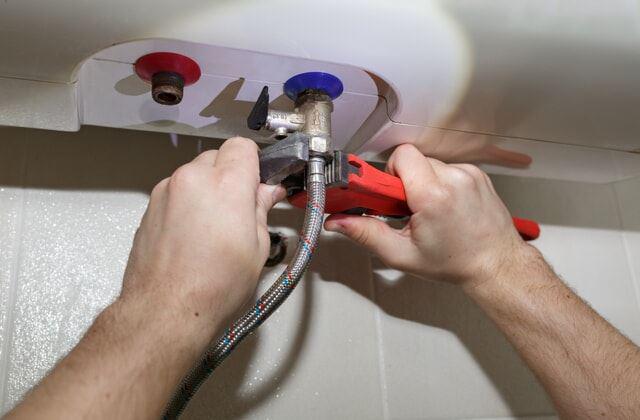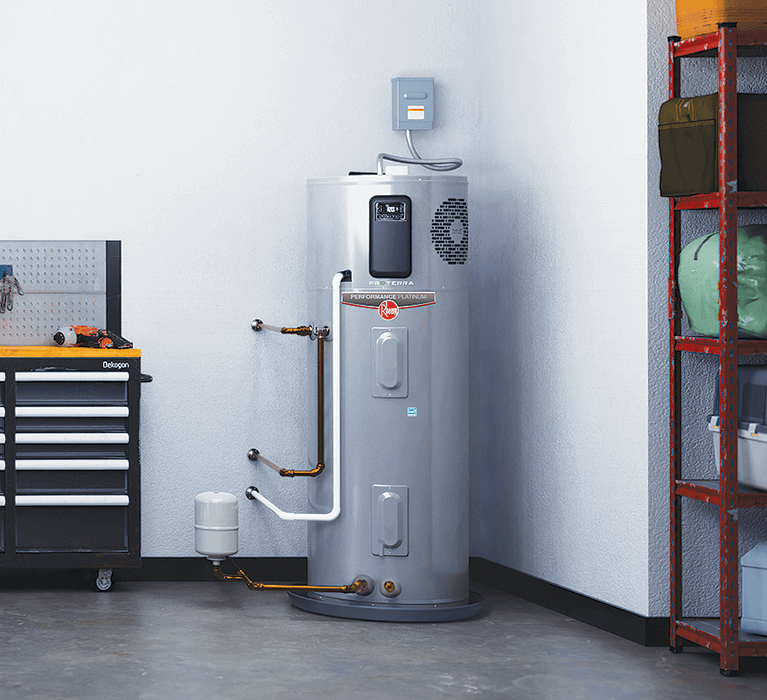Simple Steps to Maintaining Your Home's Hot Water SystemExpert Guidance on Caring for Your Home's Hot Water System
Get An EstimateJust how do you actually feel about Water Heater Maintenance Tips You Can't Afford to Forget?

Warm water is crucial for daily comfort, whether it's for a rejuvenating shower or cleaning meals. To guarantee your warm water system runs successfully and lasts much longer, normal upkeep is crucial. This article provides sensible suggestions and insights on how to keep your home's hot water system to avoid disruptions and expensive repair work.
Introduction
Keeping your home's hot water system could seem overwhelming, but with a few basic steps, you can ensure it runs efficiently for years to find. This overview covers everything from comprehending your warm water system to do it yourself upkeep pointers and recognizing when to employ specialist aid.
Significance of Maintaining Your Hot Water System
Normal maintenance not only prolongs the life expectancy of your hot water system but also ensures it operates successfully. Overlooking maintenance can lead to lowered effectiveness, higher power costs, and also premature failing of the system.
Indicators Your Warm Water System Requirements Maintenance
Understanding when your hot water system requires interest can stop major concerns. Keep an eye out for indicators such as irregular water temperature, weird sounds from the heating unit, or rusty water.
Recognizing Your Hot Water System
Prior to diving right into maintenance tasks, it's helpful to comprehend the fundamental elements of your warm water system. Generally, this consists of the water heater itself, pipelines, anode rods, and temperature level controls.
Monthly Maintenance Tasks
Routine monthly checks can assist catch small issues prior to they escalate.
Flushing the Water Heater
Flushing your water heater removes debris buildup, boosting performance and lengthening its life.
Checking and Changing Anode Rods
Anode poles avoid rust inside the container. Examining and changing them when worn out is important.
Examining and Changing Temperature Level Settings
Adjusting the temperature level setups ensures optimum performance and security.
Do It Yourself Tips for Maintenance
You can do numerous upkeep tasks on your own to maintain your hot water system in top problem.
Checking for Leaks
Routinely inspect pipes and connections for leakages, as these can bring about water damages and greater costs.
Checking Stress Alleviation Valves
Checking the stress safety valve guarantees it operates properly and prevents extreme pressure buildup.
Shielding Pipes
Shielding warm water pipes reduces warmth loss and can save energy.
When to Call a Specialist
While do it yourself maintenance is advantageous, some issues call for expert knowledge.
Complex Concerns Requiring Specialist Help
Instances include major leakages, electrical problems, or if your hot water heater is constantly underperforming.
Routine Specialist Maintenance Conveniences
Professional upkeep can include complete assessments, tune-ups, and guaranteeing conformity with security standards.
Verdict
Routine upkeep of your home's hot water system is crucial for effectiveness, longevity, and price savings. By adhering to these pointers and understanding when to seek professional assistance, you can guarantee a trusted supply of hot water without unanticipated interruptions.
How to Maintain an Instant Hot Water Heater
Before tinkering with your hot water heater, make sure that it’s not powered on. You also have to turn off the main circuit breaker and shut off the main gas line to prevent accidents. Also turn off the water valves connected to your unit to prevent water from flowing into and out of the appliance. 2. When you’re done, you have to detach the purge valves’ caps. These look like the letter “T” and are situated on either side of the water valves. Doing so will release any pressure that has accumulated inside the valves while at the same time avoid hot water from shooting out and burning your skin. 3. When the purge valves’ caps are removed, you have to connect your hosing lines to the valves. Your unit should have come with three hoses but if it didn’t, you can purchase these things from any hardware or home repair shops. You can also get them from retail stores that sell water heating systems. Read the user’s manual and follow it to complete this task properly. When the hosing lines are connected, open the purge port’s valves. 4. You should never use harsh chemical cleaners or solutions when cleaning your unit. Make use of white vinegar instead. It should be undiluted and you’ll probably use about 2 gallons. 5. Now flush your water heater. This task should probably take about 40 minutes. We can’t give you specific directions for this because the procedure is carried out depending on the type, model and brand of your heater. With that being said, refer to the user’s manual. 6. When you’re done draining the unit, you have to turn off the purge port valves again. Remove the hosing lines that you earlier installed on each of the water valves. Put the valve caps (purge port) back in their respective places and be very careful so as not to damage the rubber discs that are found inside these caps. 7. Now that everything’s back in place, check your user’s manual again to find out how to reactivate your water heating system. 8. Once it is working, turn one of your hot water faucets on just to let air pass through the heater’s water supply pipes. Leave the tap on until water flows smoothly out of it. https://www.orrplumbing.com/blog/2014/september/how-to-maintain-an-instant-hot-water-heater/

I am very fascinated by Tips on Maintaining a Water Heater and I hope you enjoyed the blog entry. Sharing is caring. Helping others is fun. We treasure reading our article about Tips on Maintaining a Water Heater.
Visit Link